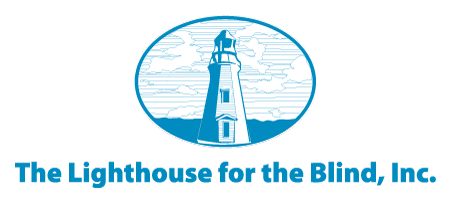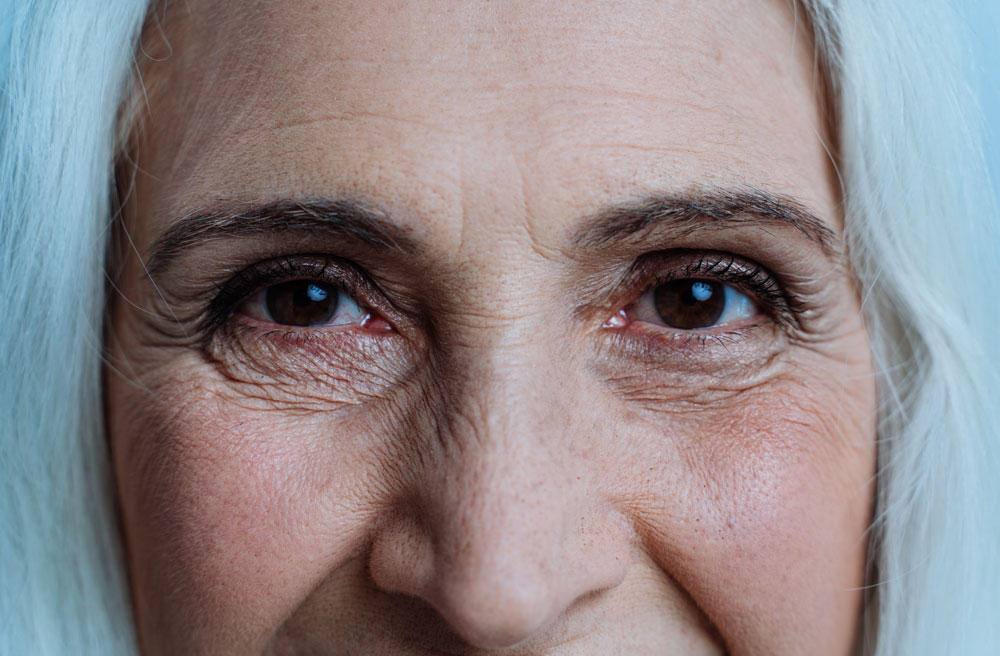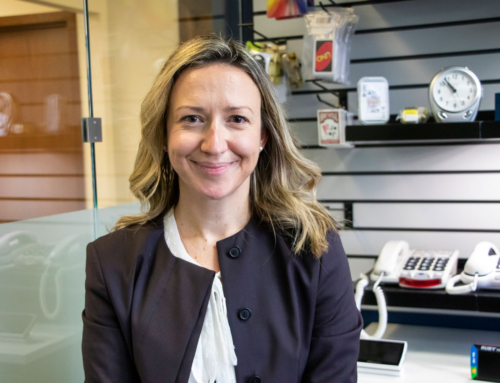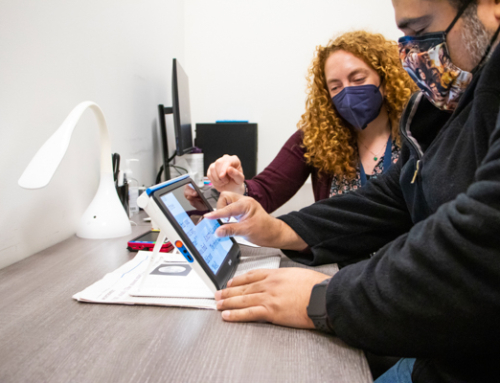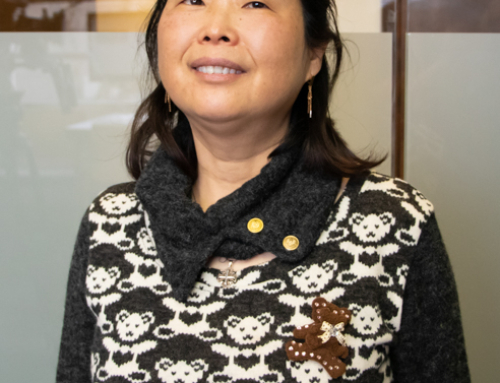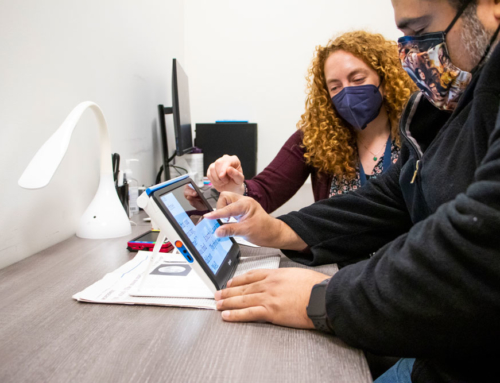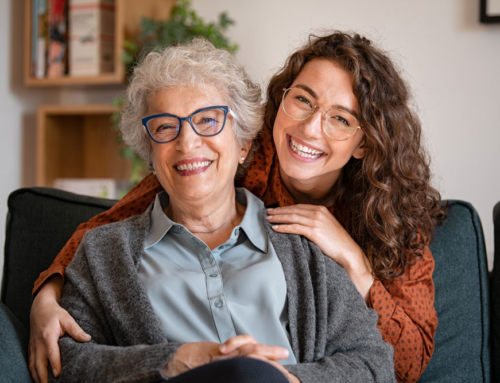There are a number of causes for low vision, including a variety of eye conditions and injuries. Low vision is a visual impairment that cannot be corrected by standard glasses, contact lenses, or surgery and significantly impacts daily activities. The Lighthouse Low Vision Clinic is dedicated to helping those affected by low vision by providing specialized care and support.
Common Causes of Low Vision
Macular Degeneration
Macular degeneration is a condition that affects the retina, particularly the center of the retina, the macula. This is the part of the eye that is responsible for sharp central vision and detailed tasks, such as reading. Patients with macular degeneration may experience blurry central vision and missing spots in their central vision. Macular degeneration is commonly age-related and is the leading cause of blindness for people over the age of 50.
Dr. Shagas, Low Vision Optometrist at the Lighthouse Low Vision Clinic, shares, “Macular Degeneration is quite common. According to the CDC an estimated 19.8 million (12.6%) Americans aged 40 and older were living with age-related macular degeneration in 2019.”
Learn more about Macular Degeneration >>
Glaucoma
Glaucoma is a condition that causes damage to the optic nerve and results in defects to the individual’s side or peripheral vision. Patients may experience difficulty with mobility due to the side vision being affected.
Diabetes
People with diabetes may experience day-to-day fluctuations in their vision due to fluctuations in their blood sugar. Diabetes can also cause diabetic retinopathy, which impairs vision differently depending on which part of the retina is affected. If the central vision is affected, patients will have difficulty with near tasks, such as reading. If the side vision is affected, patients will have more difficulty with mobility.
Learn more about Diabetic Retinopathy >>
Inherited Retinal Conditions
Inherited retinal conditions, such as Retinitis Pigmentosa, can cause decrease in night vision and peripheral vision. Symptoms of these conditions usually begin in childhood or adolescence and can increase with age.
Learn more about Retinitis Pigmentosa >>
Treatments
Certain conditions such as cataracts, have treatment options available however some conditions do not. It is important that people are proactive and discuss their eye conditions and treatment/management options with their eye care providers. In cases where vision cannot be improved by medical interventions or traditional glasses/contact lenses, low vision rehabilitation devices and techniques can be helpful.
“In terms of things that we can control, healthy diets filled with leafy greens, protecting eyes from the sun, as well as smoking cessation can all help to lower risk factors for macular degeneration” shares Dr. Shagas.
Low Vision Tools and Techniques
Dr. Shagas shares that the biggest difficulty that patients are having when visiting the Low Vision Clinic is reading. “During an evaluation, we go through all the activities of daily living. These include mobility, vocational goals, household tasks, etc. The number one request, regardless of condition, is to improve reading.”
Low vision specialists use a variety of tools and techniques to help improve a patient’s quality of life. These may include spectacle-mounted magnifiers or telescopes, handheld magnifiers, stand magnifiers, electronic magnifiers, and assistive technology. Large print options, such as large print books and large print checks, are also recommended.
“During a low vision evaluation, we figure out how to help patients meet their goals by using adaptive devices and techniques. I often make a referral for patients to work with our occupational therapist on really utilizing those devices and techniques so that they can be as efficient and as independent as they would like to be.”
Learn more about enhancing independence through occupational therapy for low vision patients >>
About the Low Vision Clinic
The Lighthouse Low Vision Clinic offers a wide range of services and resources to individuals with low vision, including comprehensive eye exams, low vision rehabilitation, and access to the latest assistive technology. The clinic’s team of experts, including an optometrist, an occupational therapist, low vision specialists, and rehabilitation therapists, work together to develop customized treatment plans and provide the necessary resources to improve the quality of life for patients.
If you are experiencing symptoms of low vision it is important to see an eye care provider for an evaluation. Take the first step towards regaining your independence and improving your quality of life. Visit the Lighthouse Low Vision Clinic website to learn about the comprehensive low vision services offered by Lighthouse >> Don’t let low vision limit you, let us help you see the world in a whole new way.
We’re Leaders in Blind Employment – View Our Open Positions and Apply Today!
The Lighthouse for the Blind, Inc. transforms the lives of people who are blind, Deafblind, and blind with other disabilities. We are leaders in blind employment. Through employment opportunities, we are a catalyst for empowerment. We foster self-confidence and instill a life changing affirmation that independence is possible. From our expertise in cutting-edge technology to our understanding of mobility, we help people who are blind, Deafblind, and blind with other disabilities live fulfilling lives.
